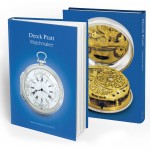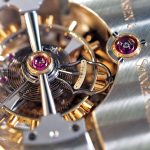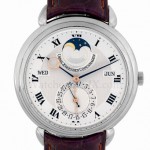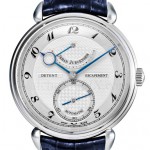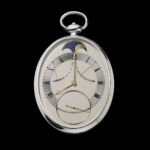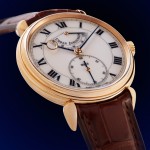Hands On: Urban Jürgensen and Derek Pratt Oval Pocket Watch
A masterpiece of artisanal craft.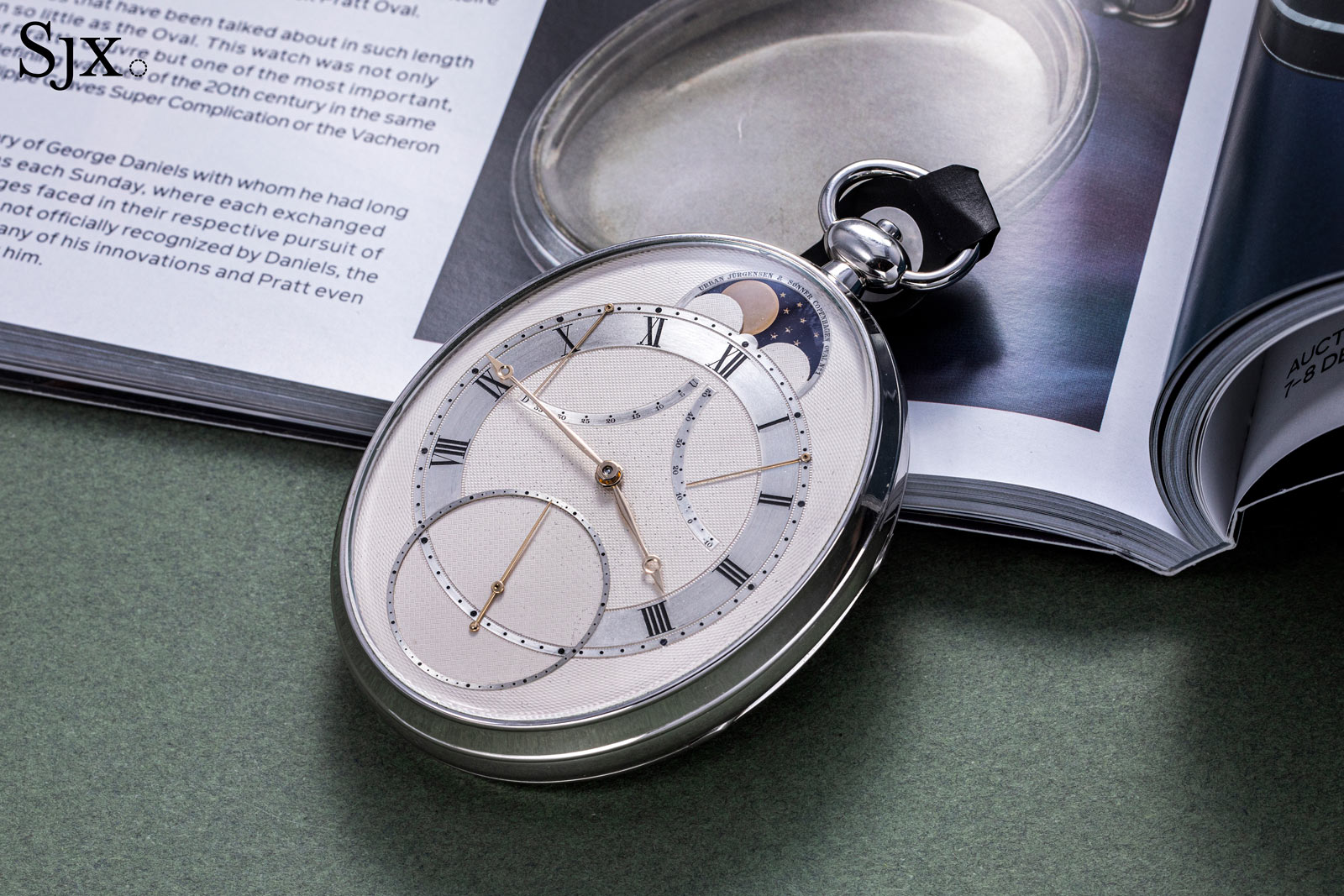
A storied example of artisanal independent watchmaking, The Oval was the masterpiece by Derek Pratt (1938-2009), perhaps the greatest unknown watchmaker. Pratt began work on the Oval in 1982 as his magnum opus, the ultimate realisation of his aesthetic and technical vision.
While his work for Urban Jürgensen is perhaps his best known, Pratt was an independent watchmaker with a diverse repertoire, including working with George Daniels on the co-axial escapement. Amongst his creations was a replica of John Harrison’s H4 marine chronometer.
These projects, as well as the fact that the Oval was mostly hand made, meant the pocket watch took some two decades to complete. Although it’s a sizeable watch, the Oval is finely detailed, reflecting the high level of Pratt’s craft and the years he invested in creating the watch from scratch.
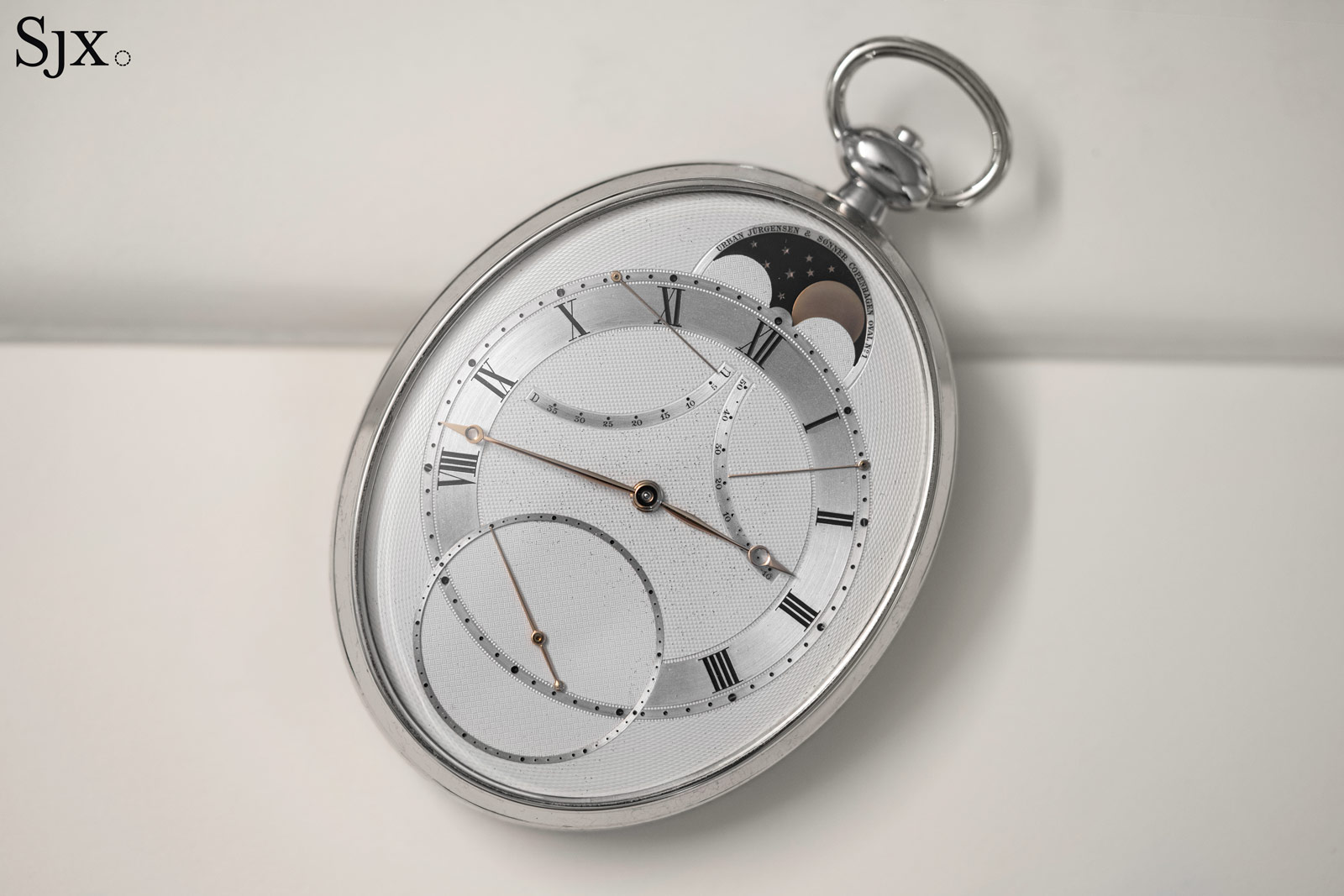
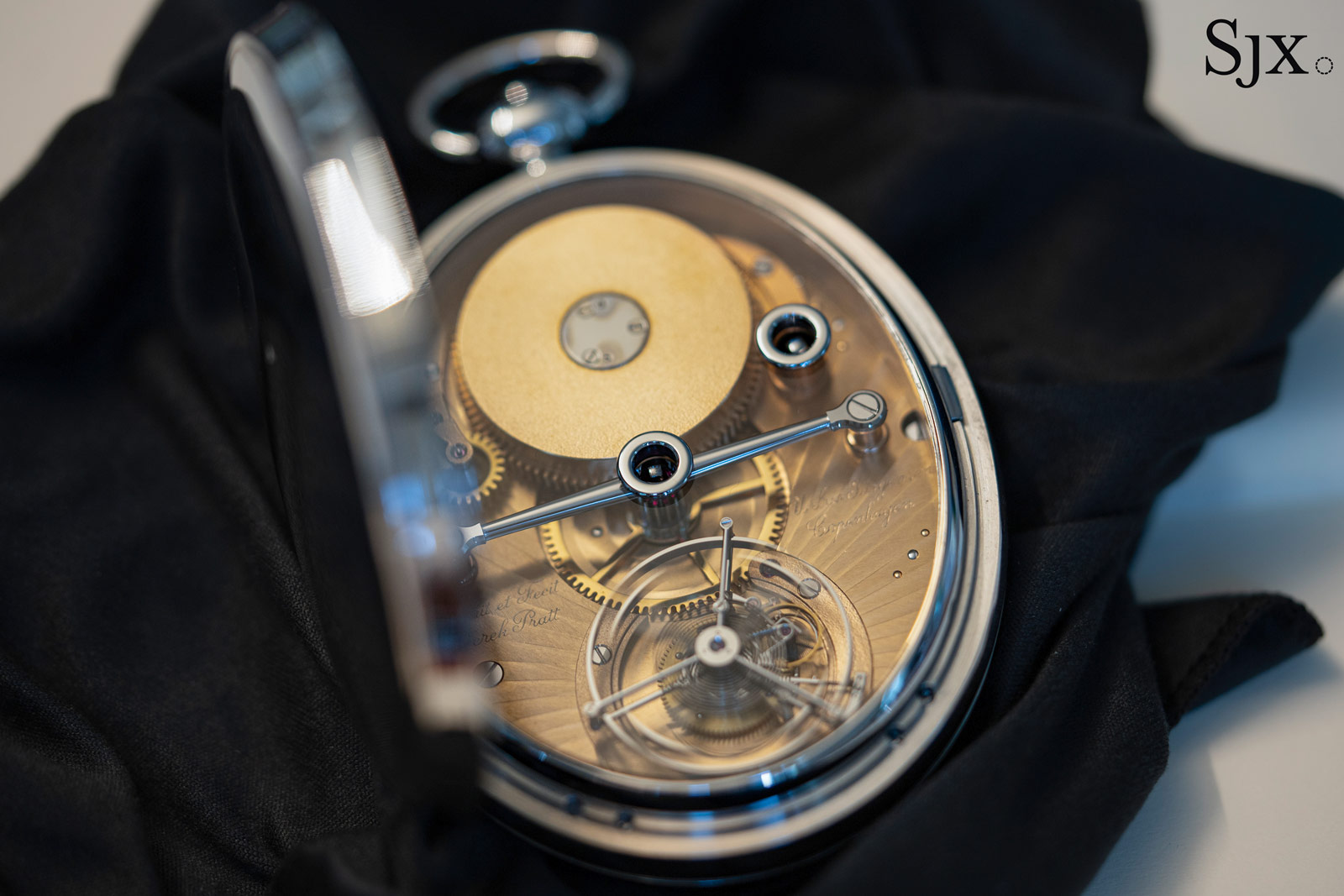
Beyond its artisanal execution, the Oval also stands out for its technical achievement. Besides a detent escapement, the Oval also contains a horological first – a constant force mechanism integrated within the tourbillon – along with a thermometer, power reserve display, and moon phase on the dial.
We took an in-depth look at the Oval in 2021, thanks to its current owner, Dr Helmut Crott. But now as the Oval heads to the auction block at Phillips, it’s worth one last look before it disappears into a collection.
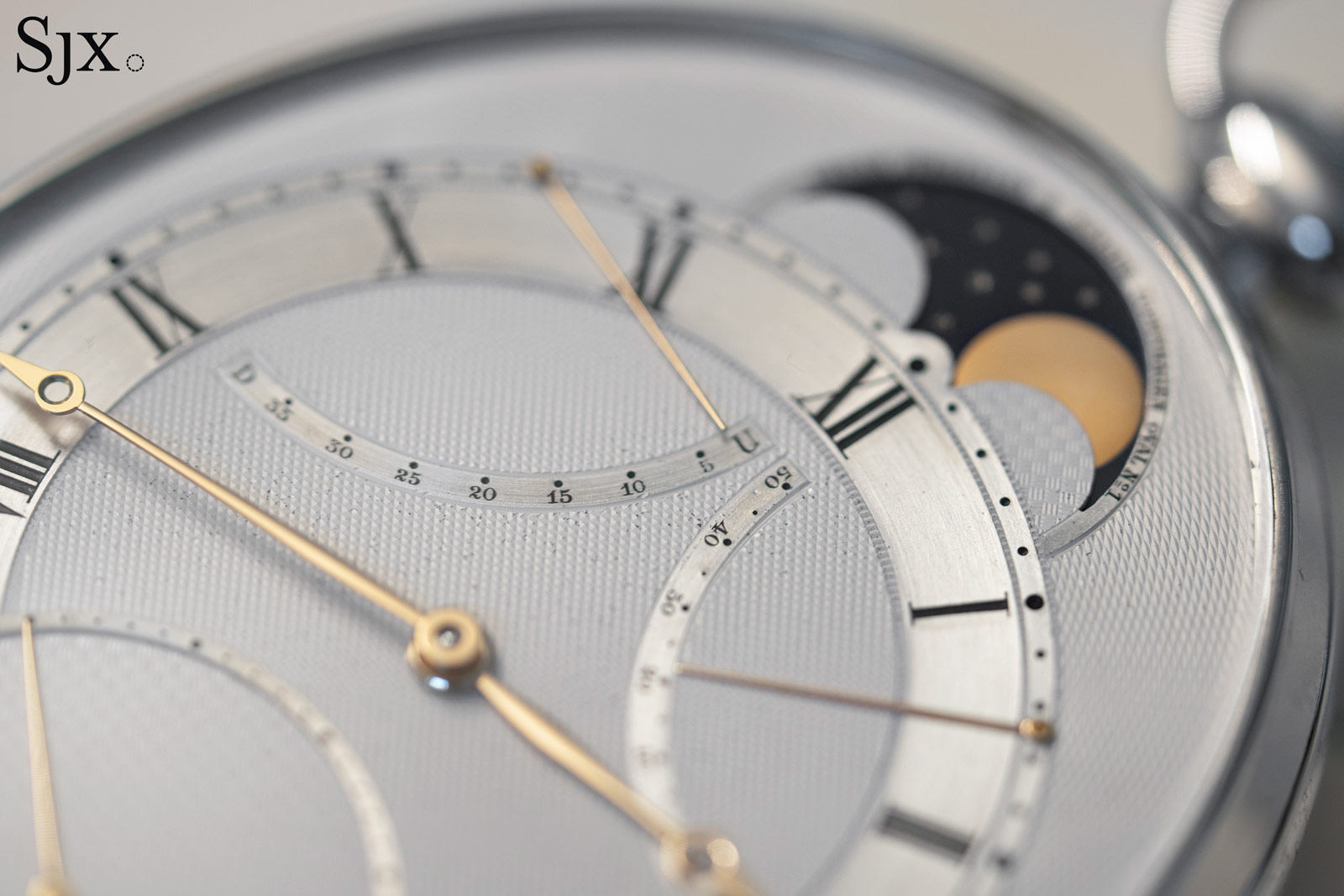
A two-decade odyssey
A contemporary and friend of George Daniels (1926-2011), Pratt was one of the most talented horologists of his era but never founded his own brand. Instead he is synonymous with the work he did for Urban Jürgensen, a Danish brand that was brought back to life in Switzerland by Peter Baumberger (1939-2010).
Pratt was able to design and produce entire watches – he built the H4 replica himself – resulting in a diverse body of work. He constructed many of Urban Jürgensen’s complications, and even made some of its guilloche dials. Despite his many achievements over his career, the Oval stands out as his greatest work.
“[My father] thought it was the best thing he ever made,” says Derek Pratt’s daughter, Mary Pratt, “It was entirely his own creation, unique in every way.”
She adds, “It meant more to him than H4, another great achievement. He had hoped to make at least one more oval watch after finishing H4.”
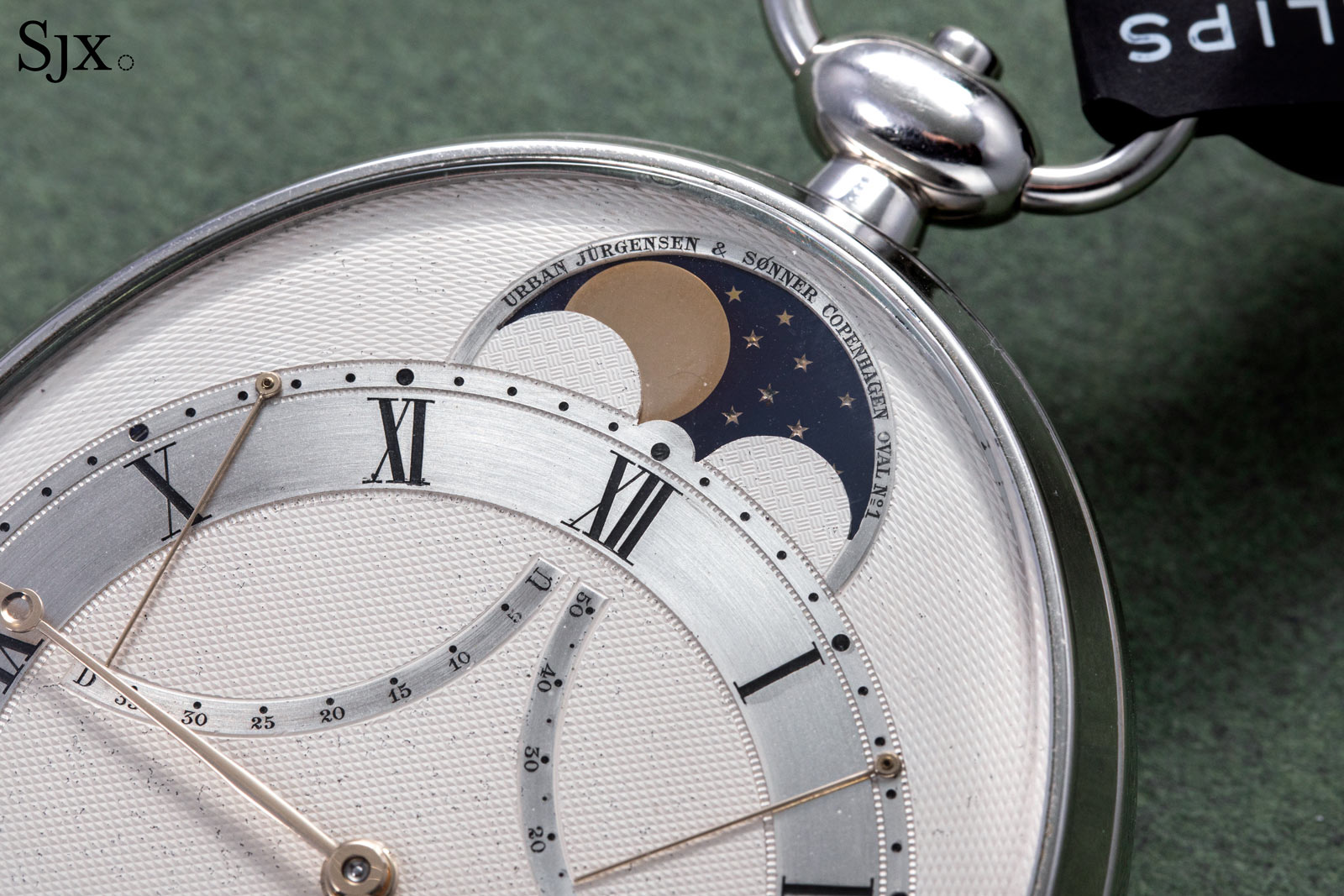
Writing in 1993 for trade publication Horological Journal, Pratt explained the unusual shape of the Oval.
“As a child I had been fascinated by oval tins. My own interest in oval watches stems right back to those examples, but on seeing the oval Breguet no. 1682/4761 [first made in 1822 for a Russian count and then upgraded with additional complications and then owned by pianist Arthur Rubinstein], I felt positively inspired and resolved to make an oval watch myself,” wrote Pratt, “The watch was mostly realised as an homage to some of the most preeminent watchmakers of all time, like Abraham-Louis Breguet, John Arnold, and Professor Alfred Helwig.”
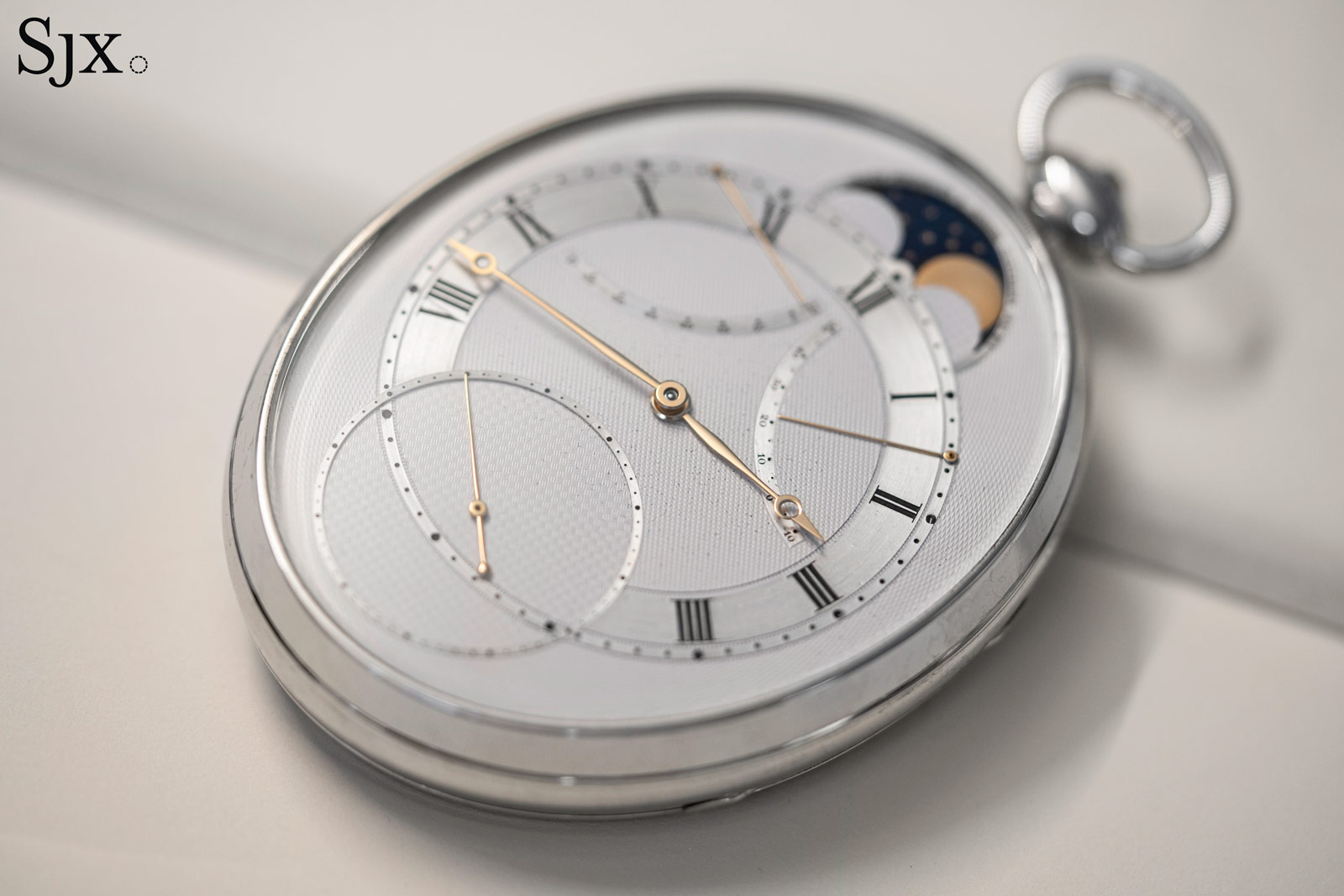
Pratt began work on the Oval in 1982, when pocket watches were still considered the summit of horology; at the time, the most valuable watches in the world were pocket watches.
Two years later, financial needs compelled Pratt to sell the Oval in its raw state (as an ebauche in watchmaking parlance) to Baumberger, explaining why the Urban Jürgensen name is on the dial. Baumberger, however, engaged Pratt to continue his work on the Oval.
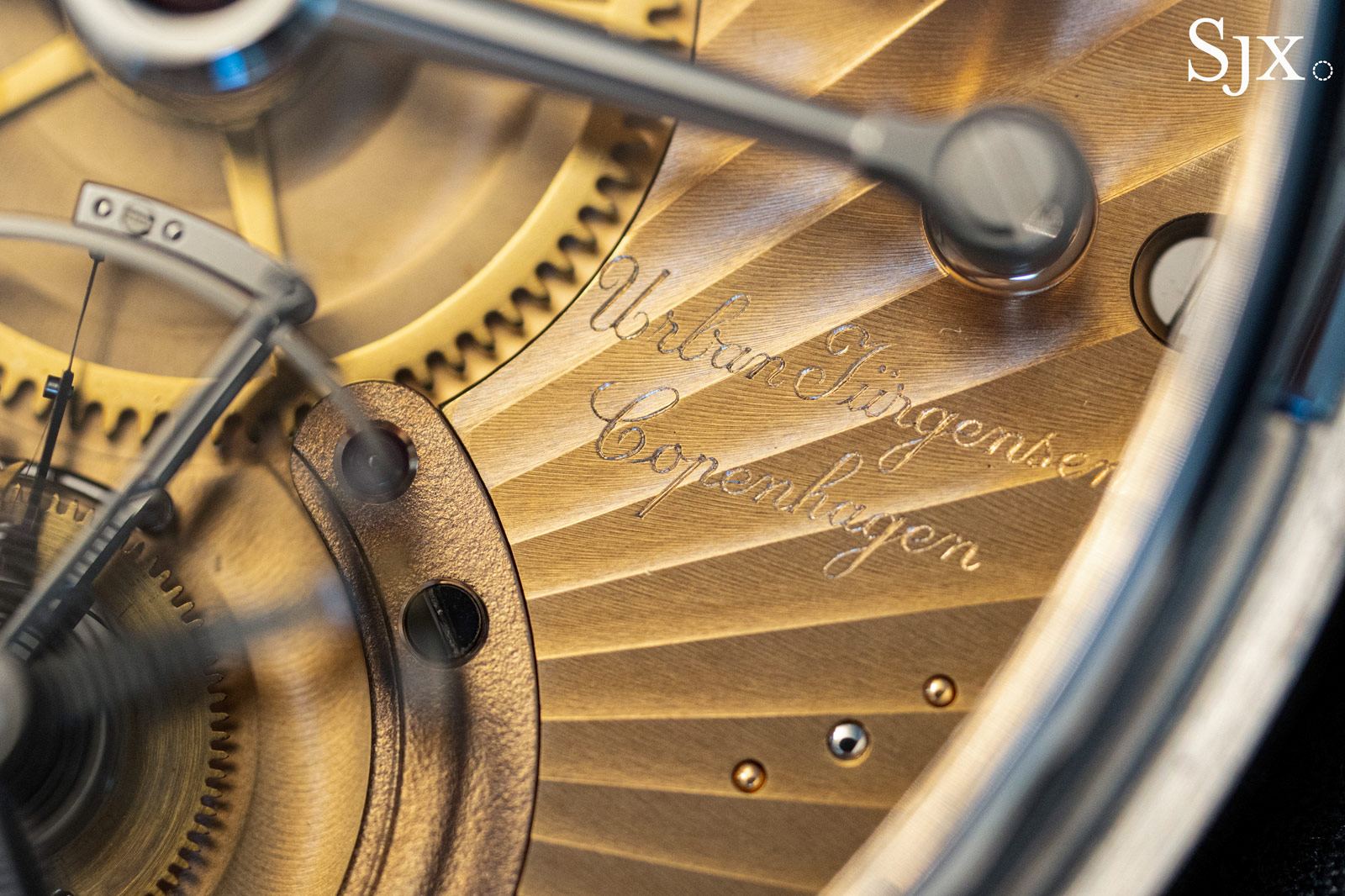
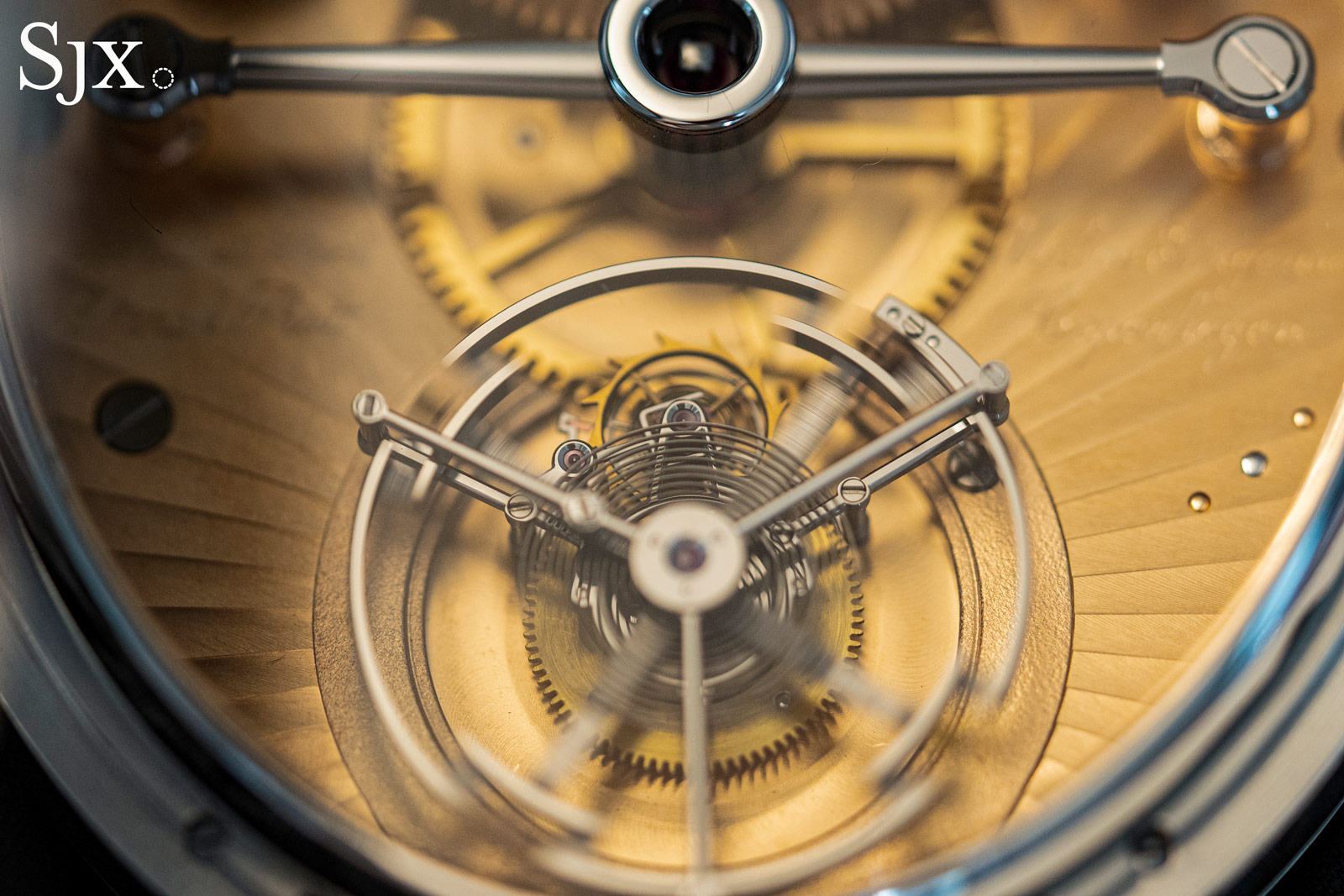
Pratt worked on the watch on and off for the next 22 years. In 2004, Baumberger turned not to Pratt, but to Kari Voutilainen, to complete the Oval. Mr Voutilainen, who had not yet founded his eponymous brand yet, was familiar to Baumberger, having done work for Urban Jürgensen starting from 1996.
According to his family, Pratt deeply regretted not being able to complete his masterpiece, but the watch was already out of his hands.
Amongst other things, Mr Voutilainen decorated the movement, resulting in the fine hand finishing visible on every component. A year later the Oval was finished and Baumberger sold the watch to Dr Crott, most famous for having founded the eponymous watch auction house.
According to Pratt’s daughter, Mary Pratt, he was immensely proud of the Oval and would not have handed it to another watchmaker to complete were the watch still his own.
Like many other important pocket watches, the Oval is large, measuring 76 mm by 62 mm. In fact, the watch is larger and heavier than expected in the hand, especially with its current platinum case.
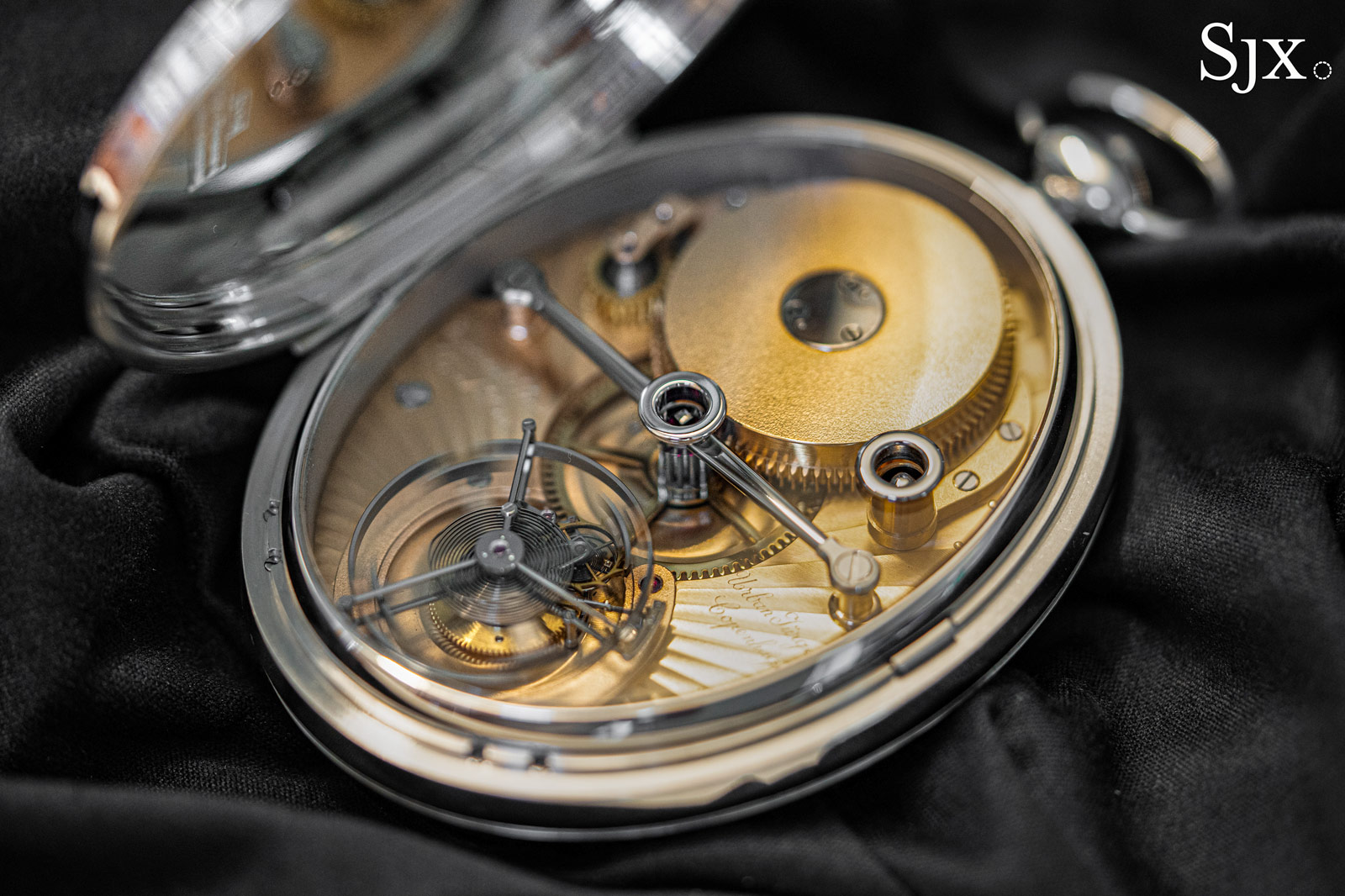
Originally cased in sterling silver, the Oval gained two additional cases between 2005 and 2006 when Dr Crott commissioned La Chaux-de-Fonds case maker Bruno Affolter (now a sister company of Parmigiani known as Les Artisans Boîtiers) to produce cases in platinum and pink gold. The watch is currently housed in the platinum case, and the original silver case accompanies it.
The rest of the watch was largely hand made by Pratt, right down to the oval crystal, which was apparently so novel that no crystal supplier was able to make one, resulting in Pratt producing the crystal himself.
Having long been a master of engine turning, Pratt made the guilloche dial. Despite the immense size of the watch, the details and grain of the guilloche dial are exceptionally fine. It’s worth comparing the guilloche dial of the Oval to that of George Daniels’ best work; Pratt certainly proves to be the better guillocheur.
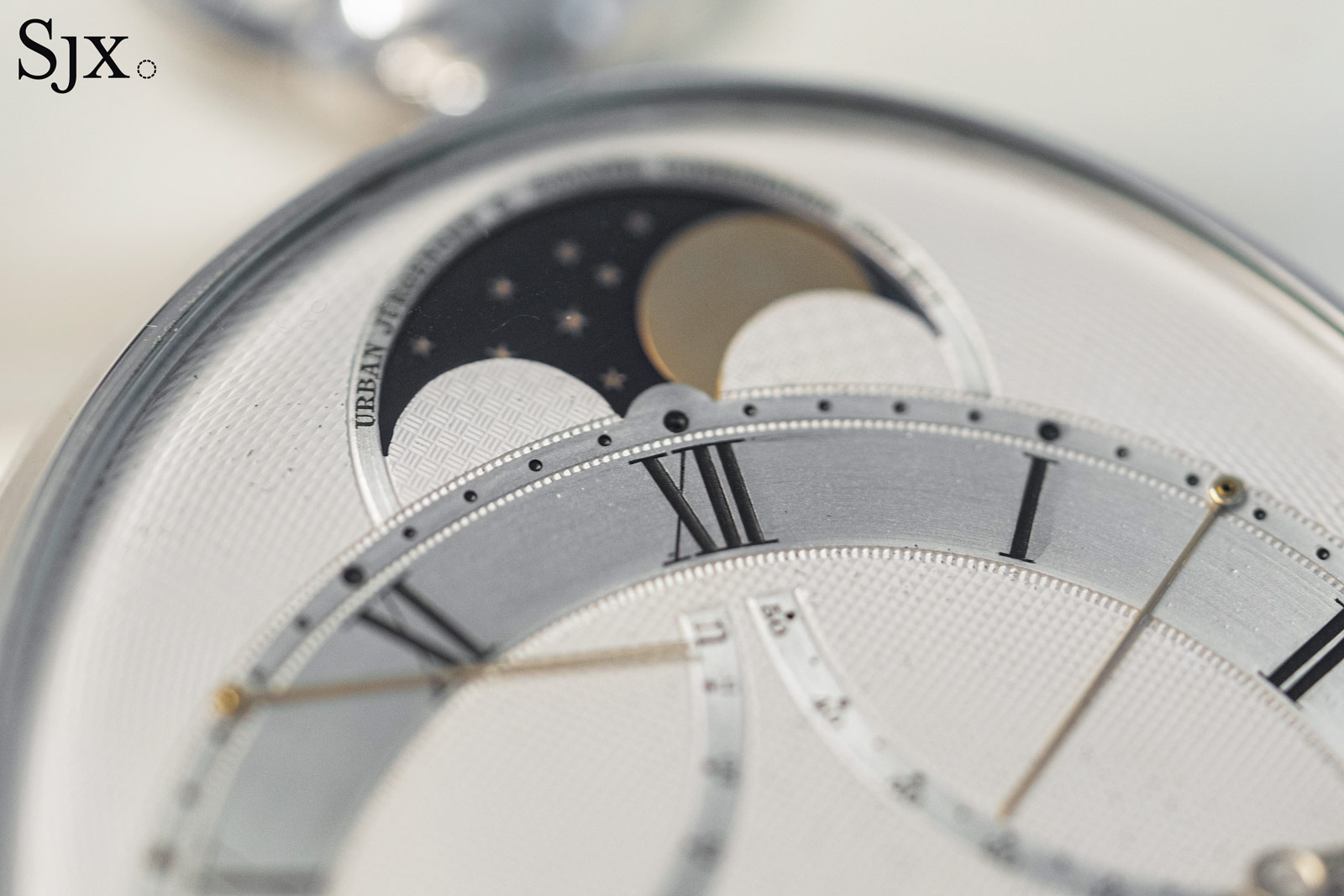
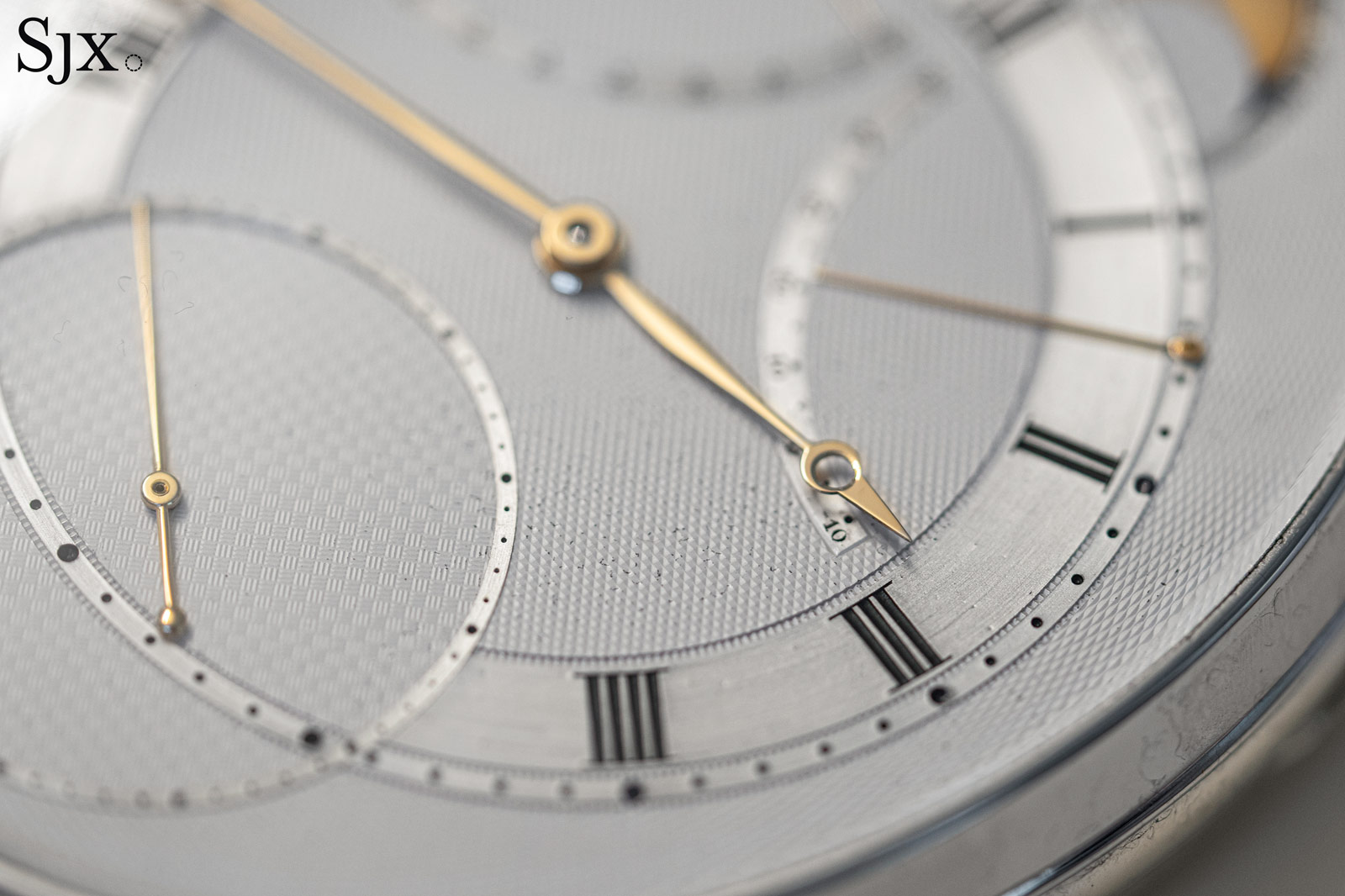
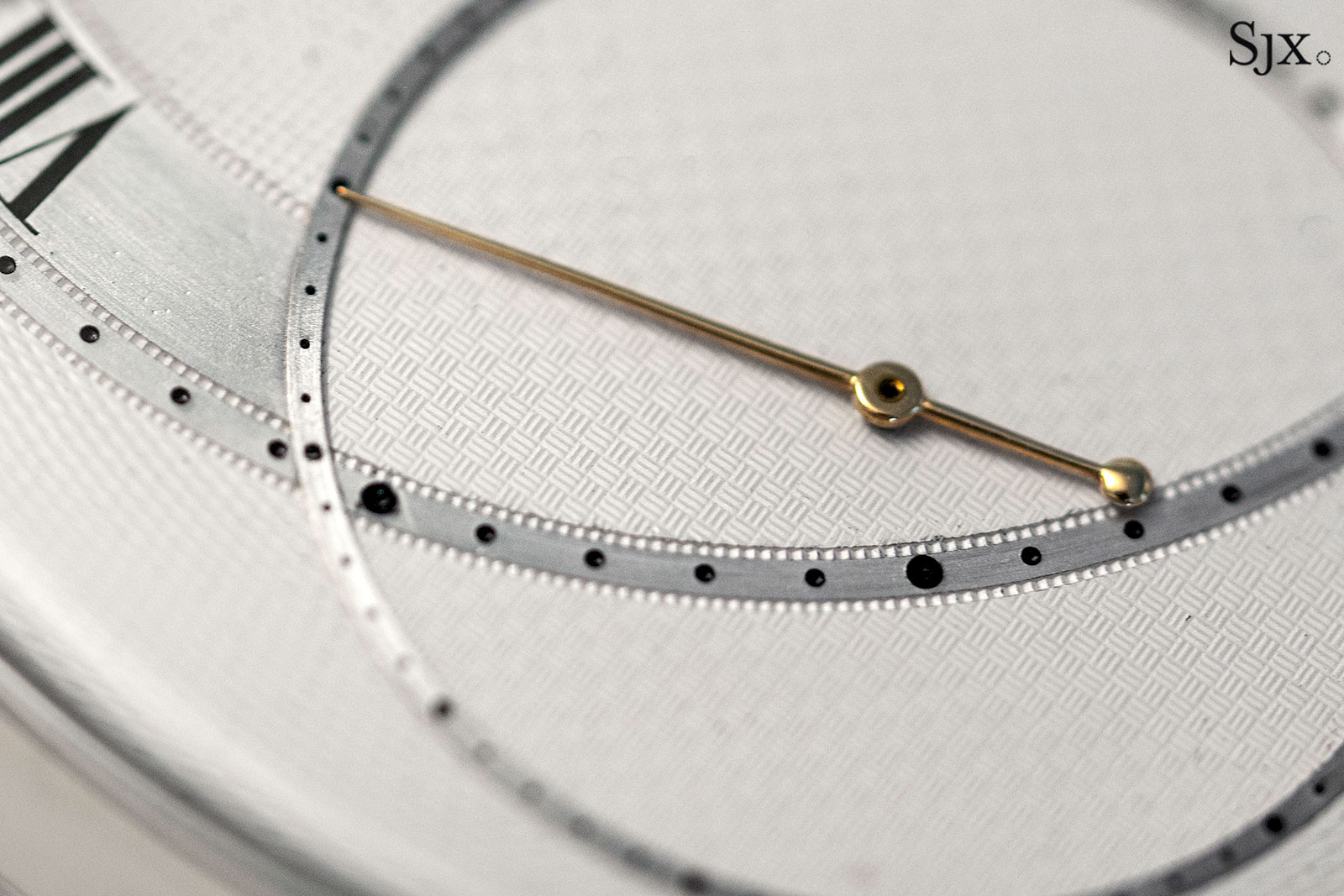
Despite the unconventional oval shape, the dial has a symmetrical, classical layout that instantly evokes Breguet and other historical greats.
The moon phase sits at 12 o’clock, with the thermometer and power reserve on fan-shaped indicators just below. And below the hour and minute hands is an oversized seconds in the tradition of historical chronometers.
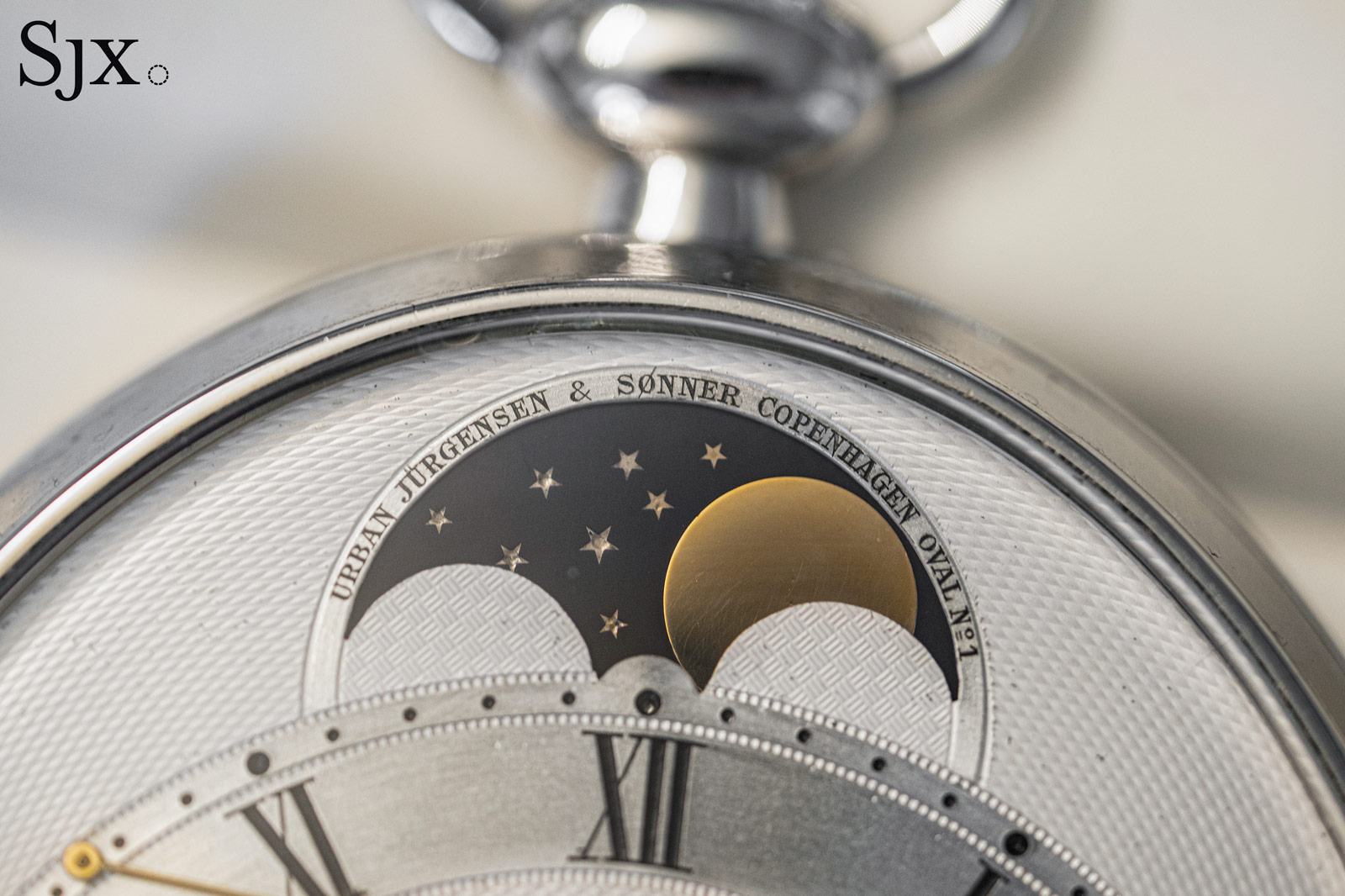
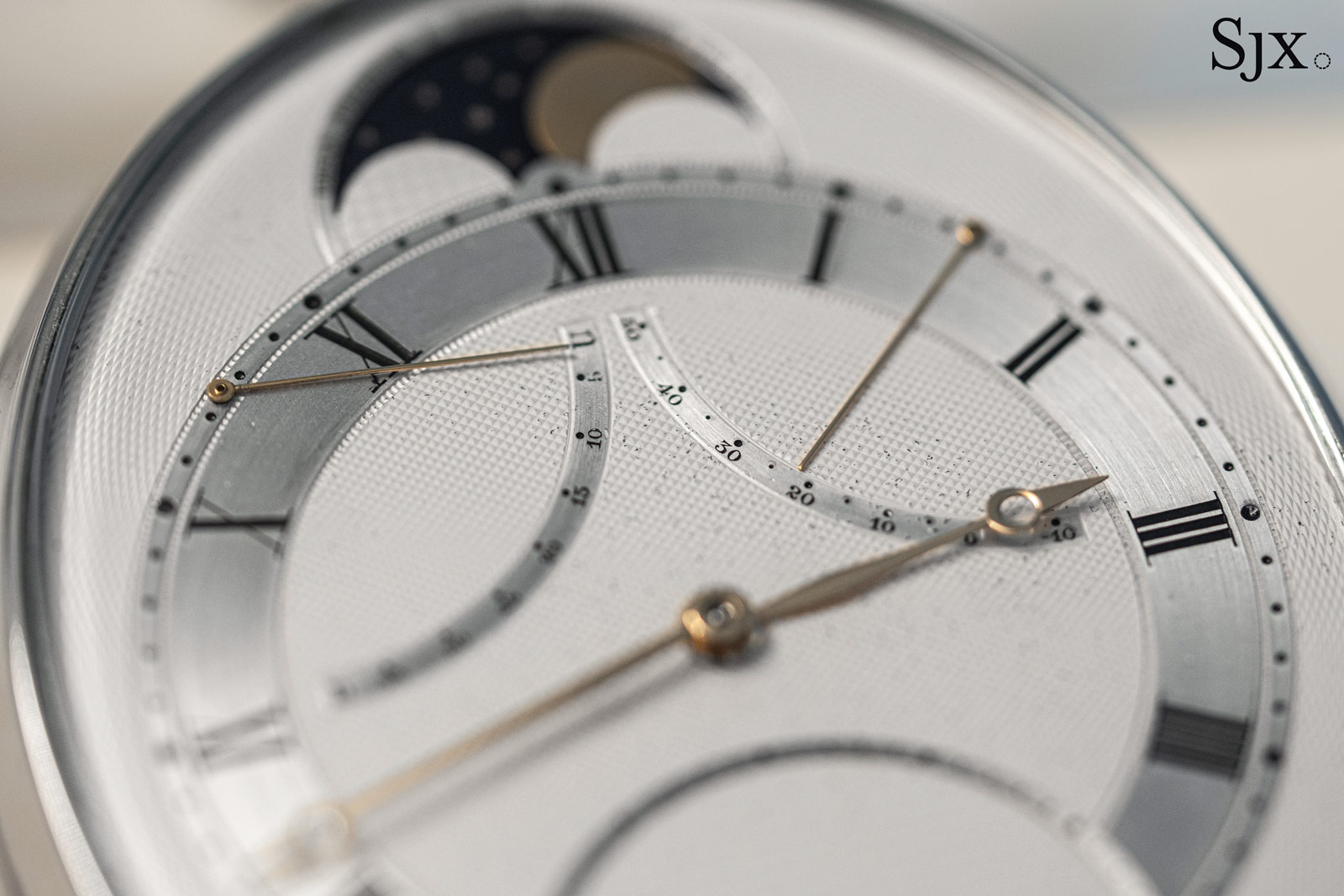
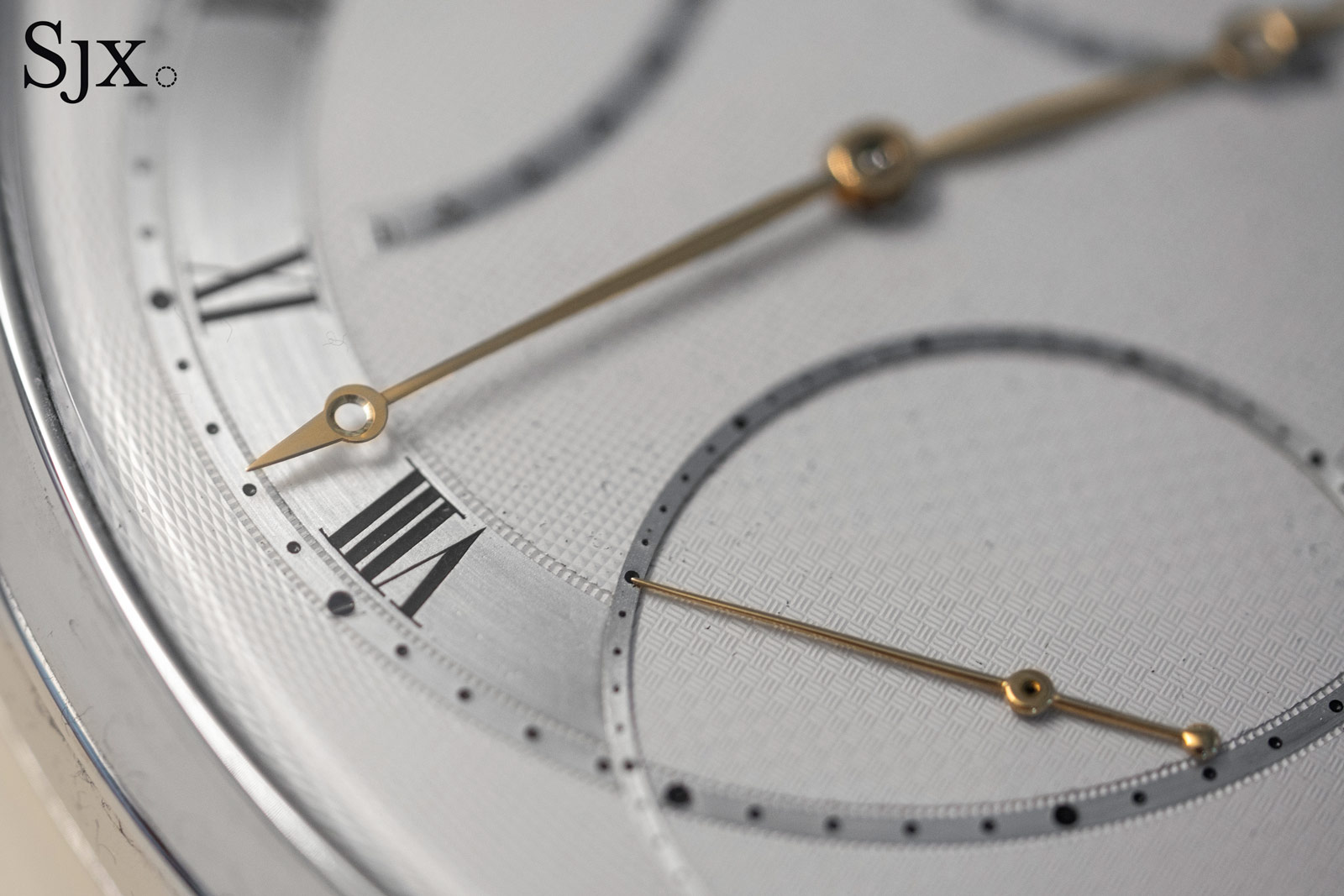
The movement of the Oval is correspondingly oval, and like the dial, the calibre is symmetrical, an impressive realisation of Pratt’s technical and aesthetic ability.
Like many traditional tourbillon movements, it is laid out vertically, with a “flying” barrel at 12 o’clock, the going train just below, and the flying tourbillon at six o’clock.
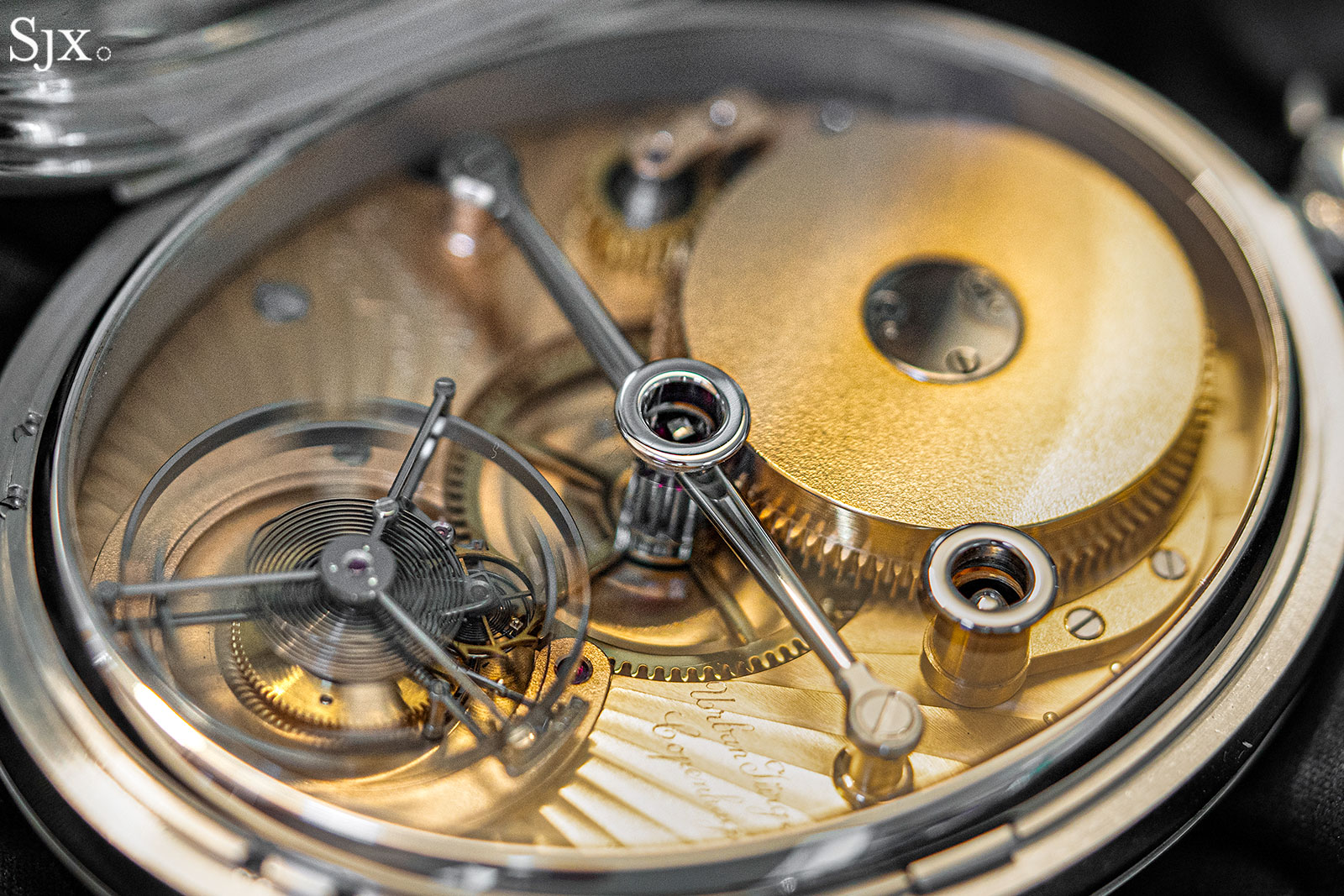
The most important mechanism in the Oval is the tourbillon, which is the first ever to incorporate a remontoir constant force mechanism inside the carriage.
Pratt himself noted this in the July 1991 issue of Horological Journal, writing “many remontoire mechanisms have been made over the last 300 hundred years or so but, as far as I know, this watch is the first to have a remontoire incorporated in the carriage of a tourbillon and is, therefore, something new or innovative”.
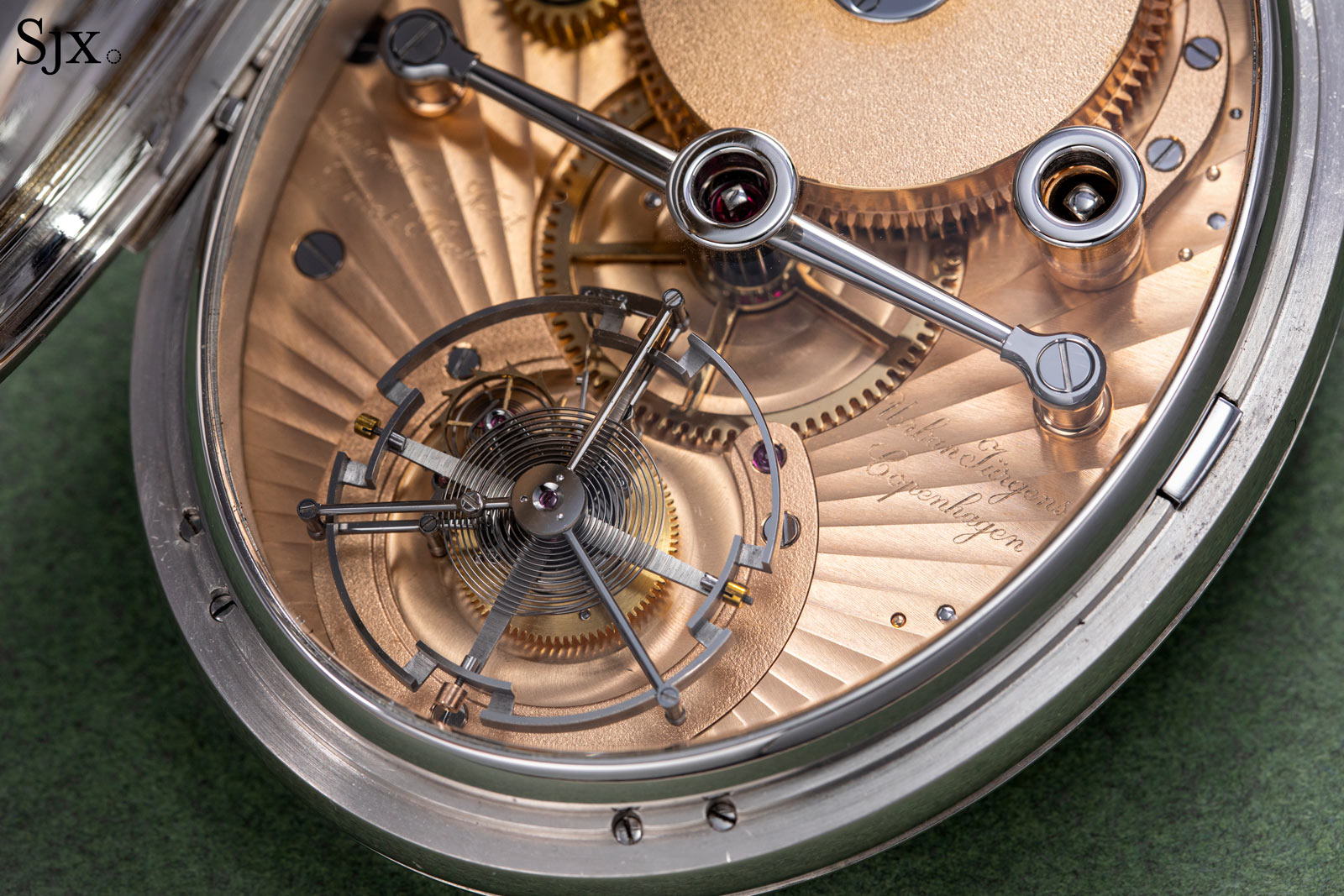
The remontoir is of Pratt’s own design, and is centred on a ruby bearing shaped like a Reuleaux triangle, mounted co-axial with the remontoir spring and escape wheel, working in tandem with a fork.
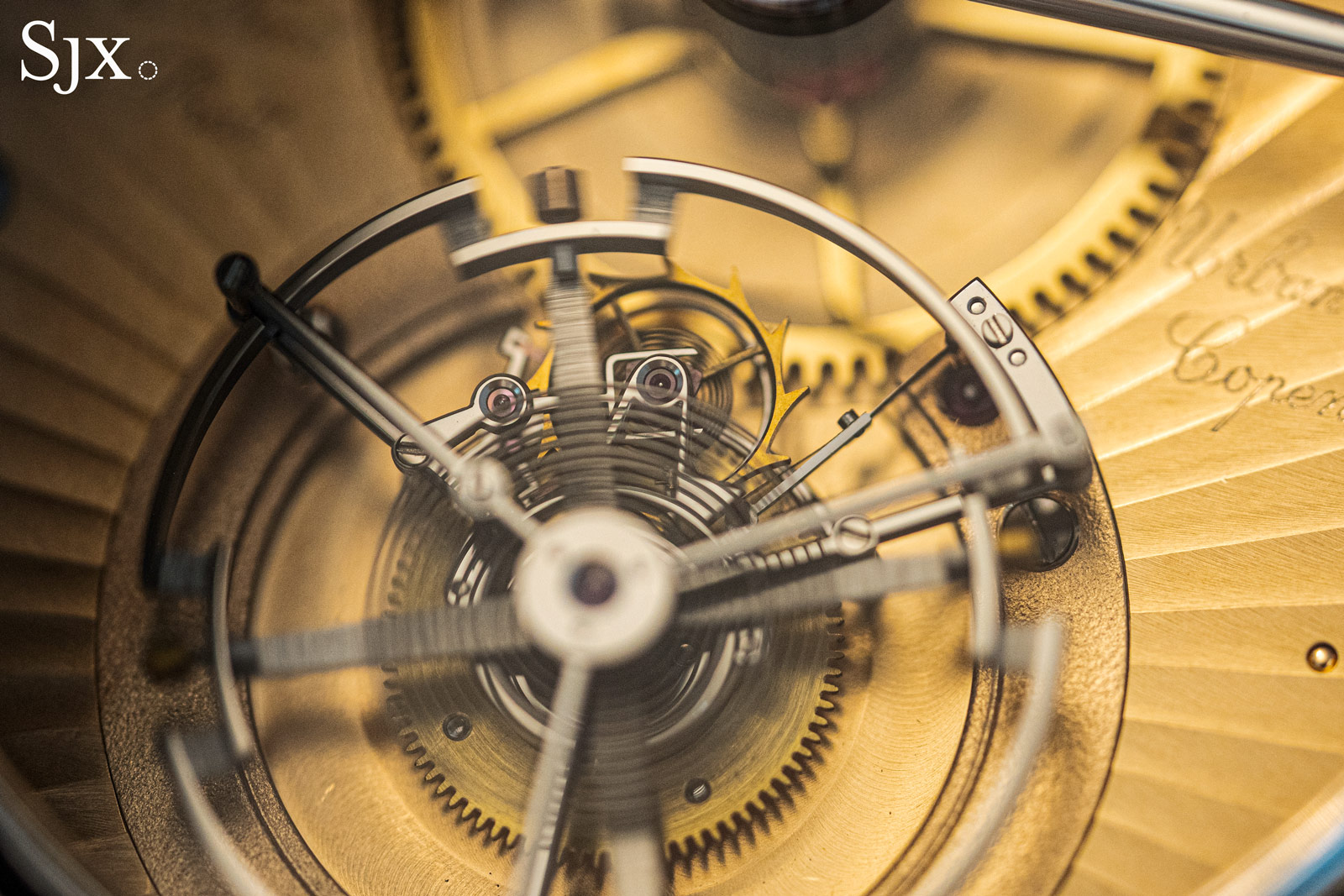
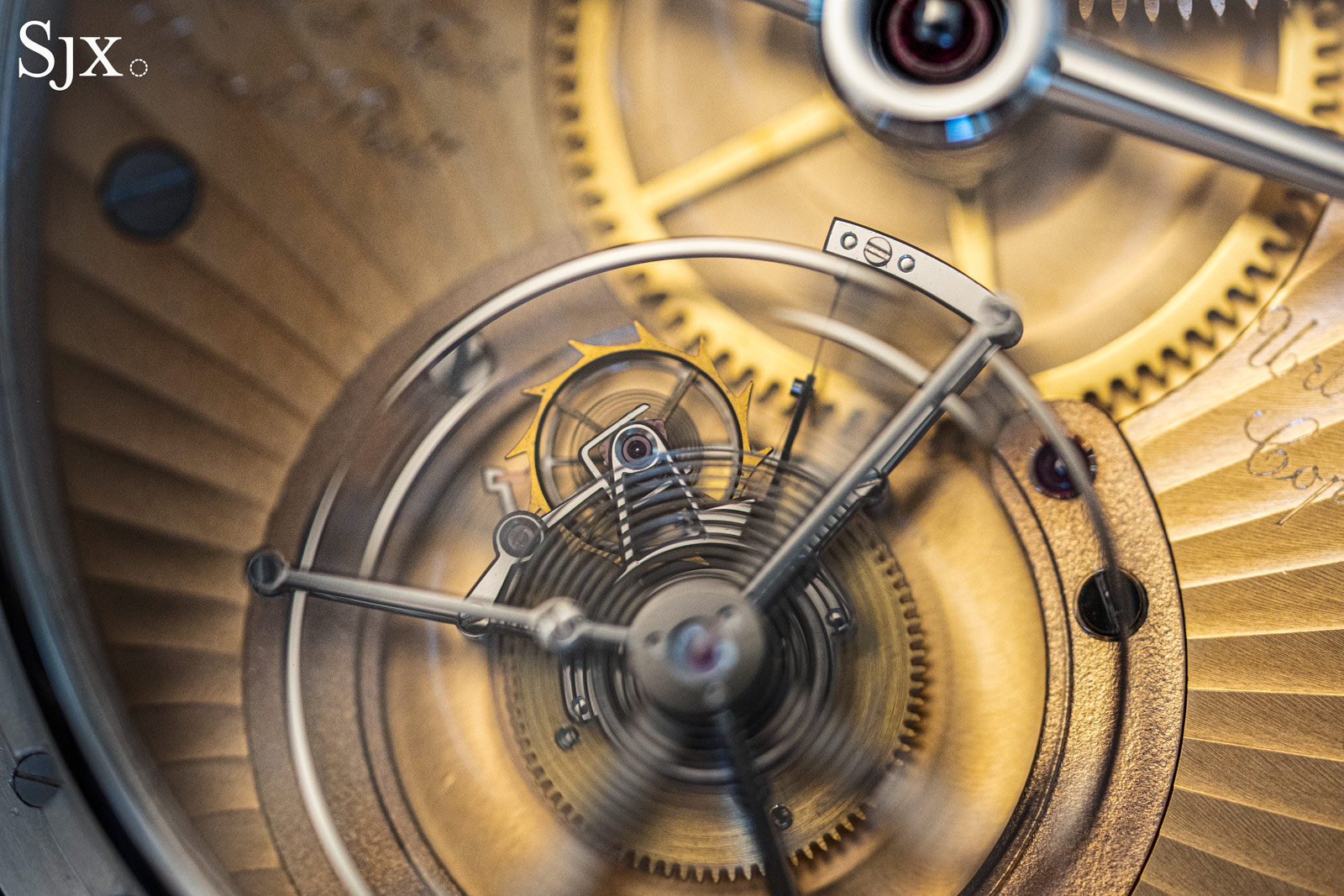
Unsurprisingly, the parts of the tourbillon are especially fine. Though large in diameter, the cage is made up of three notably slender arms in polished steel that taper outwards. The fineness and consistency of the steel parts is especially remarkable considering they were made and finished by hand.
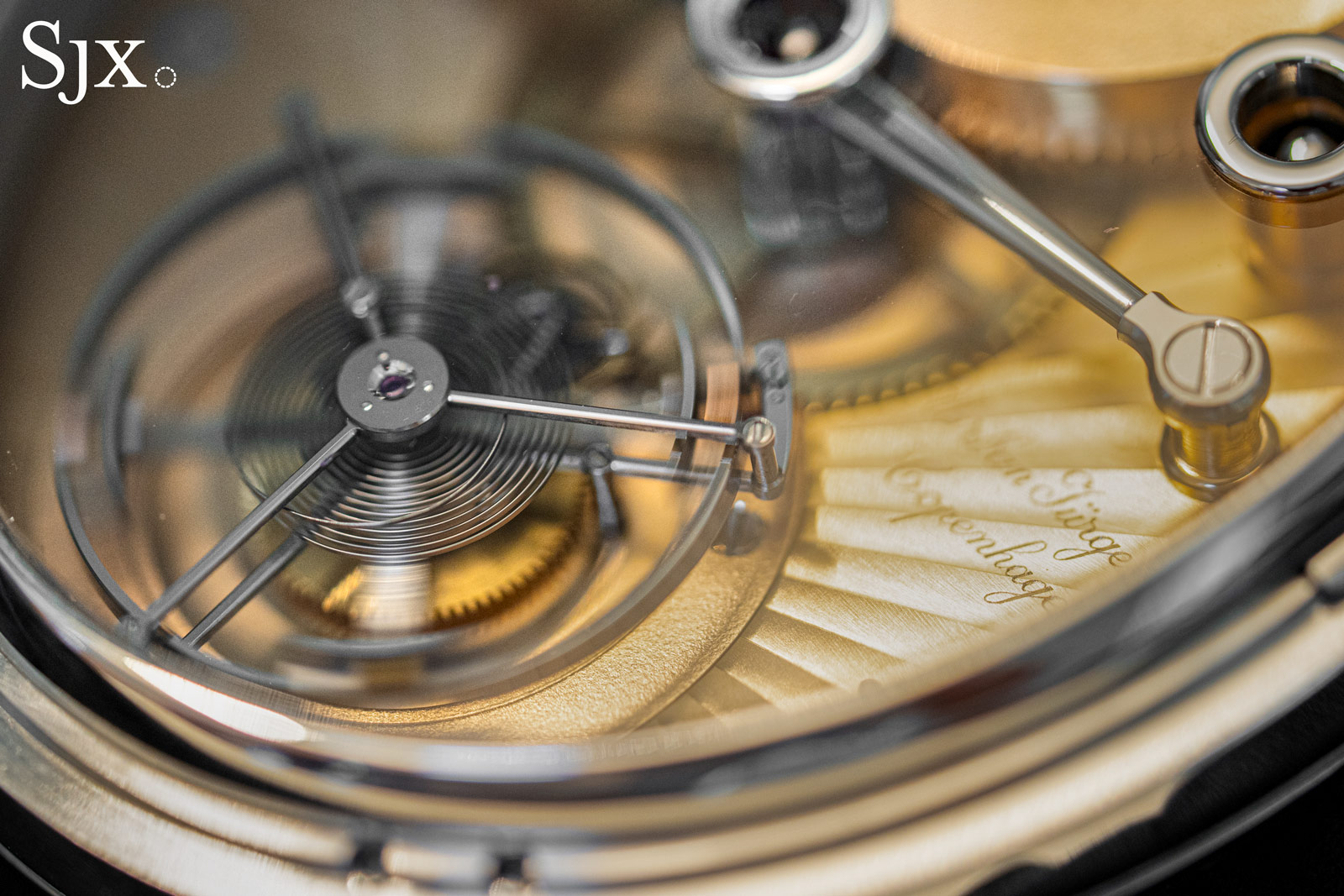
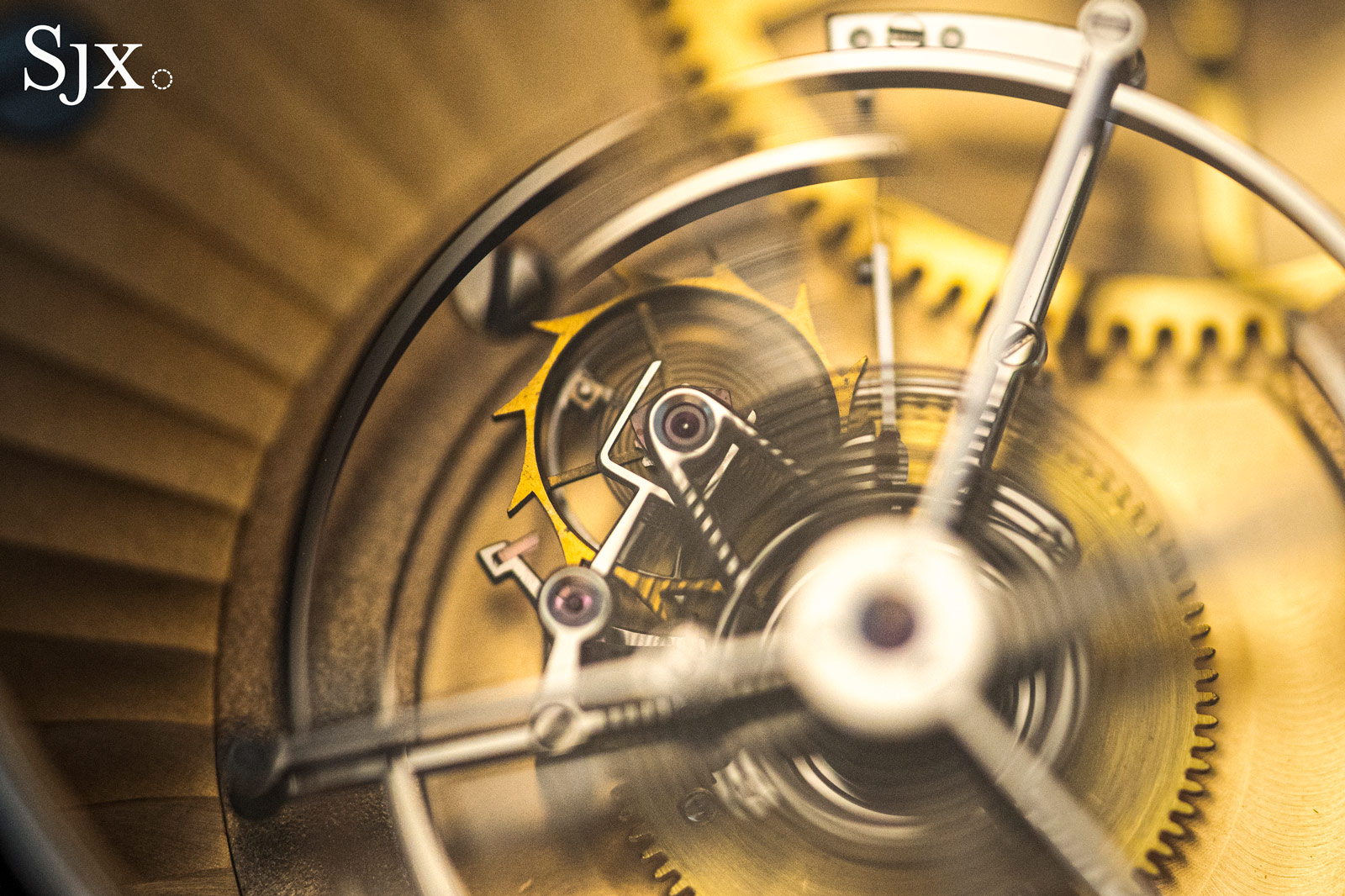
The tourbillon is flying, so it has no upper bridge to support the cage. However, the centre wheel of the movement is secured by a large steel bridge of the type that would typically be applied to the tourbillon carriage.
The rest of the movement is equally impressive in terms of decoration, no doubt thanks to Mr Voutilainen. The steel components are perfectly black polished, while the base plate sports a lustrous radial striping.
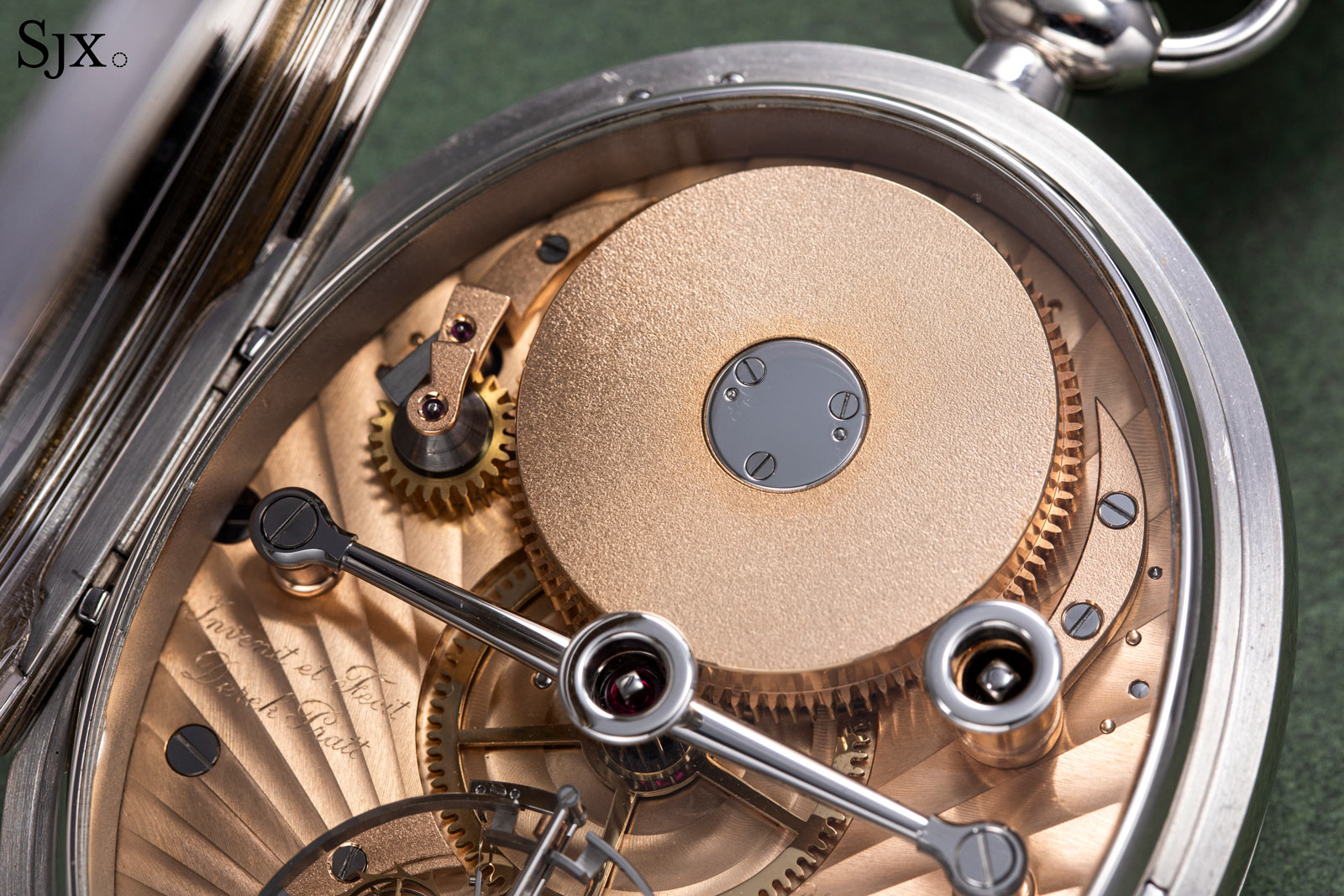
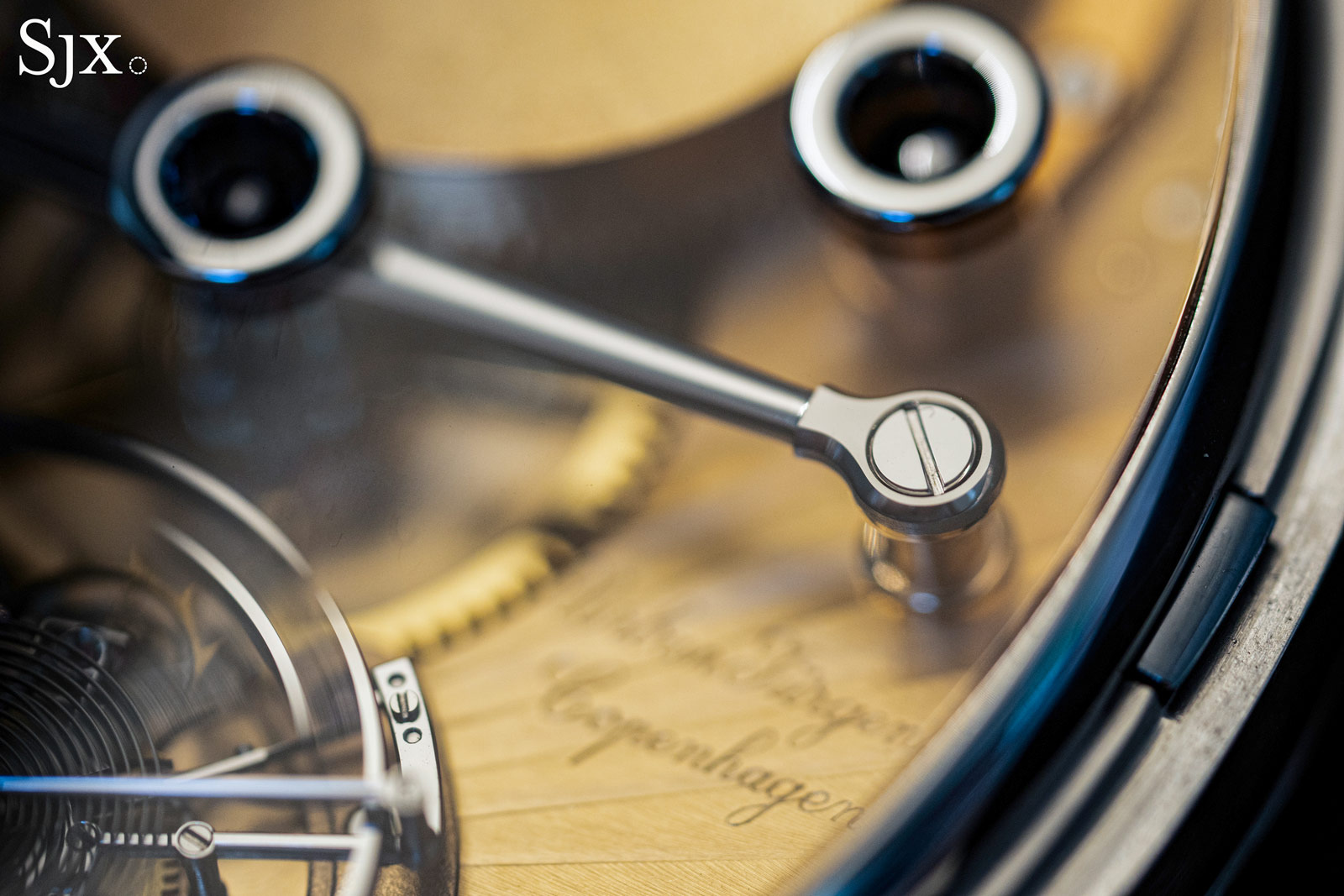
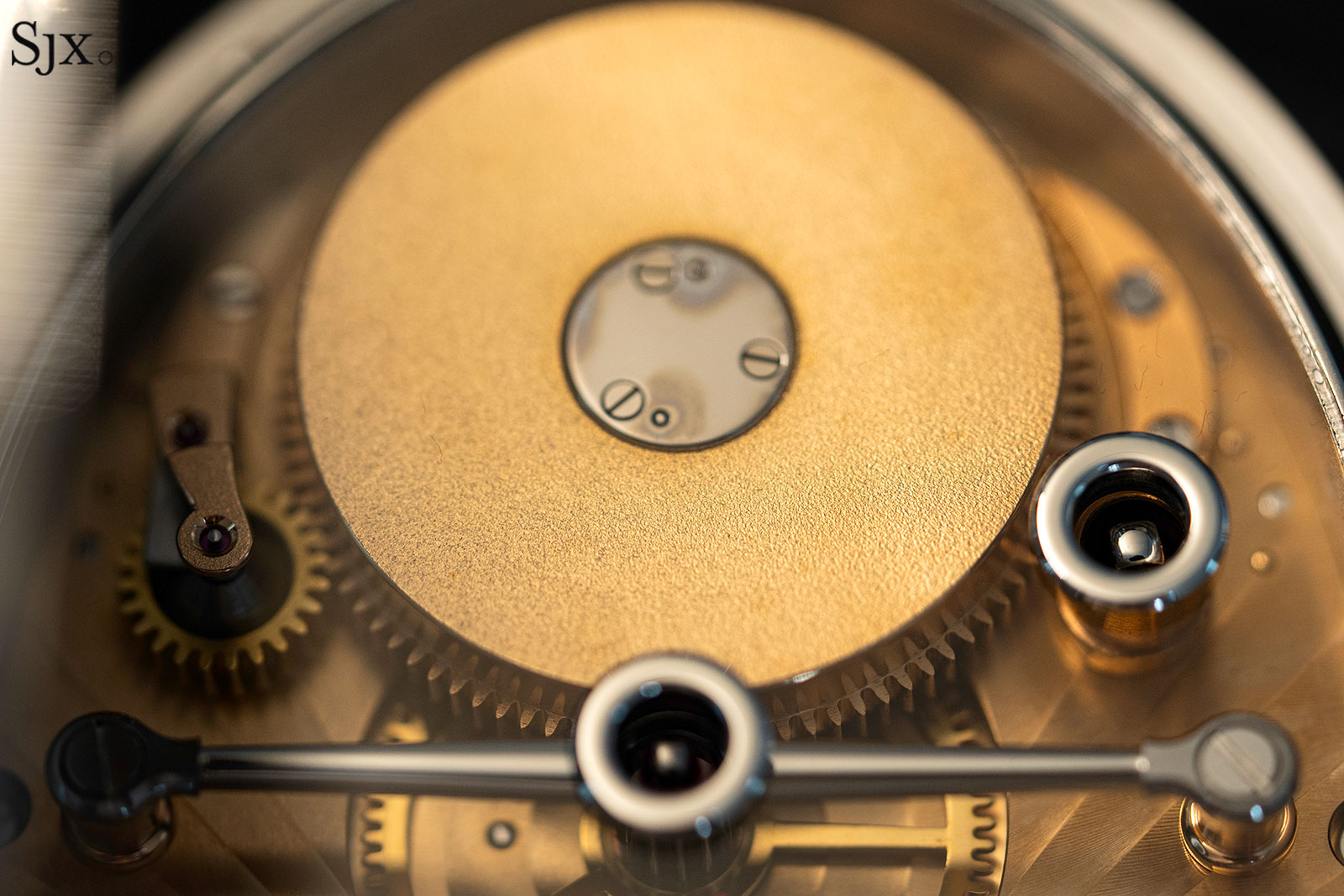
The barrel is frosted
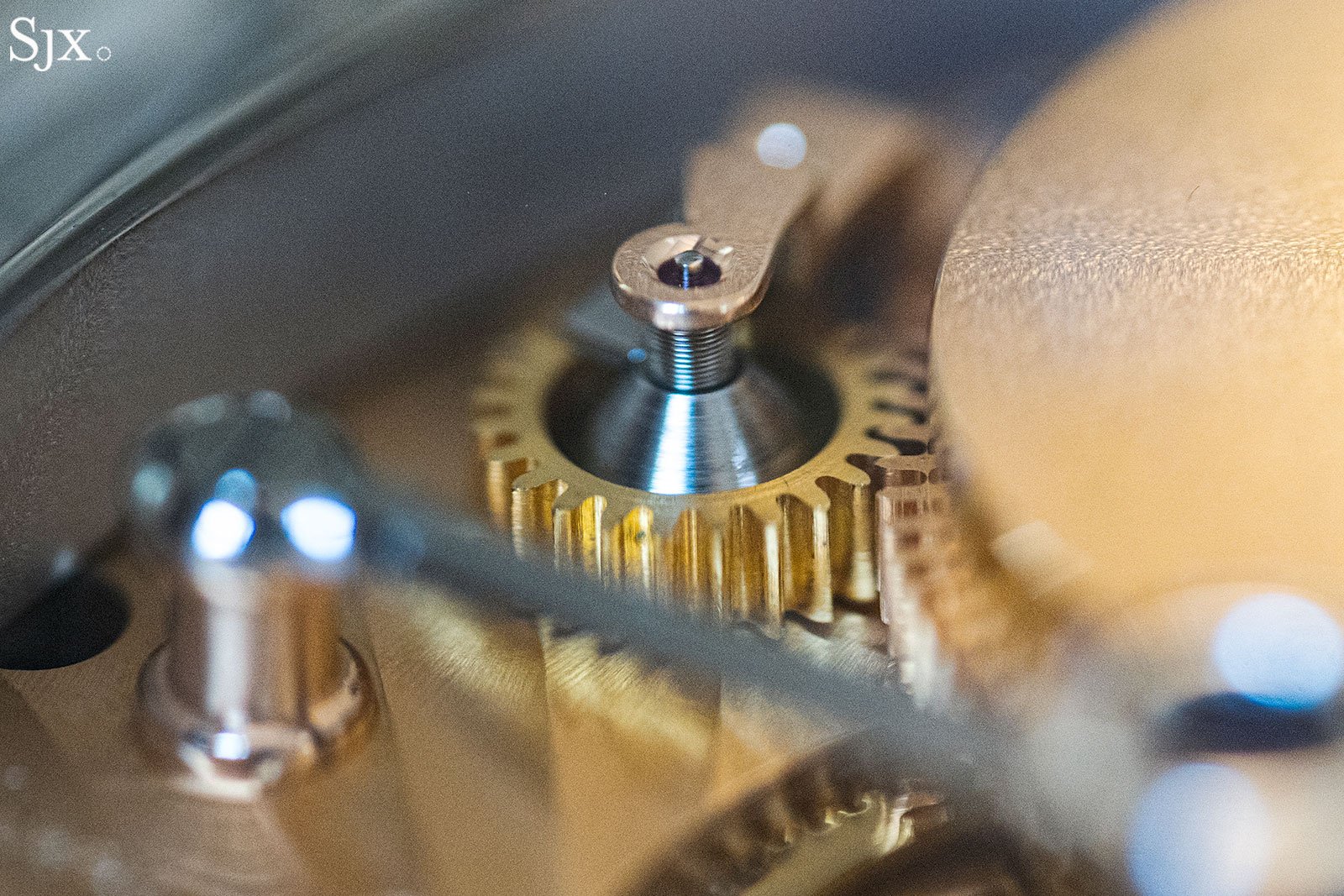
The cone for the power reserve indicator
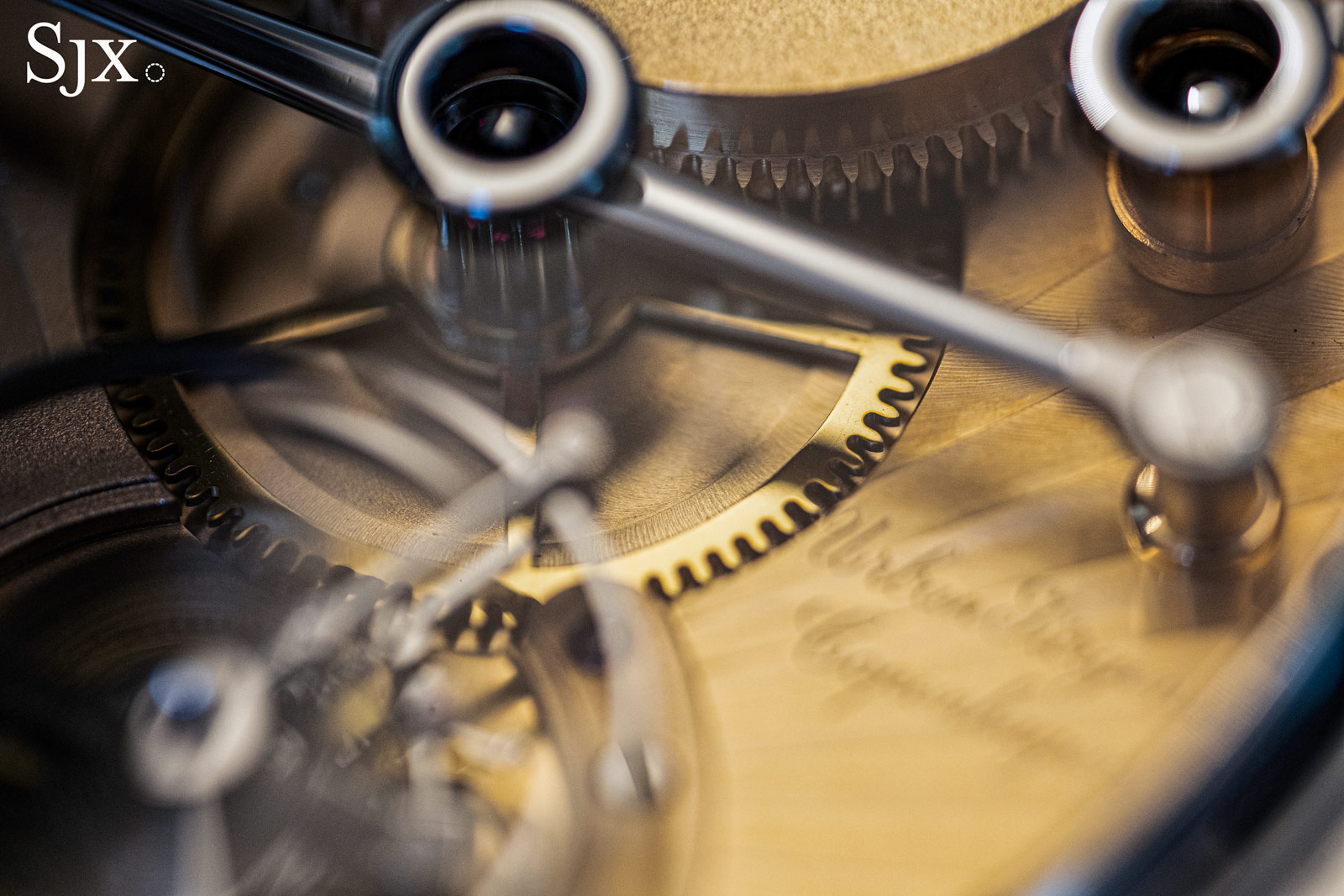
The Oval has an estimate of over CHF 1 million. It’s lot 40 in Reloaded: The Rebirth of Mechanical Watchmaking, 1980-1999 happening on November 8, 2024 in Geneva at the Hotel President. For more, visit Phillips.com.
Additions November 13, 2024: Incorporated information from Mary Pratt and family. My gratitude to Jenny Haller Pratt, Carol Pratt, and Mary Pratt for their input.
Back to top.
